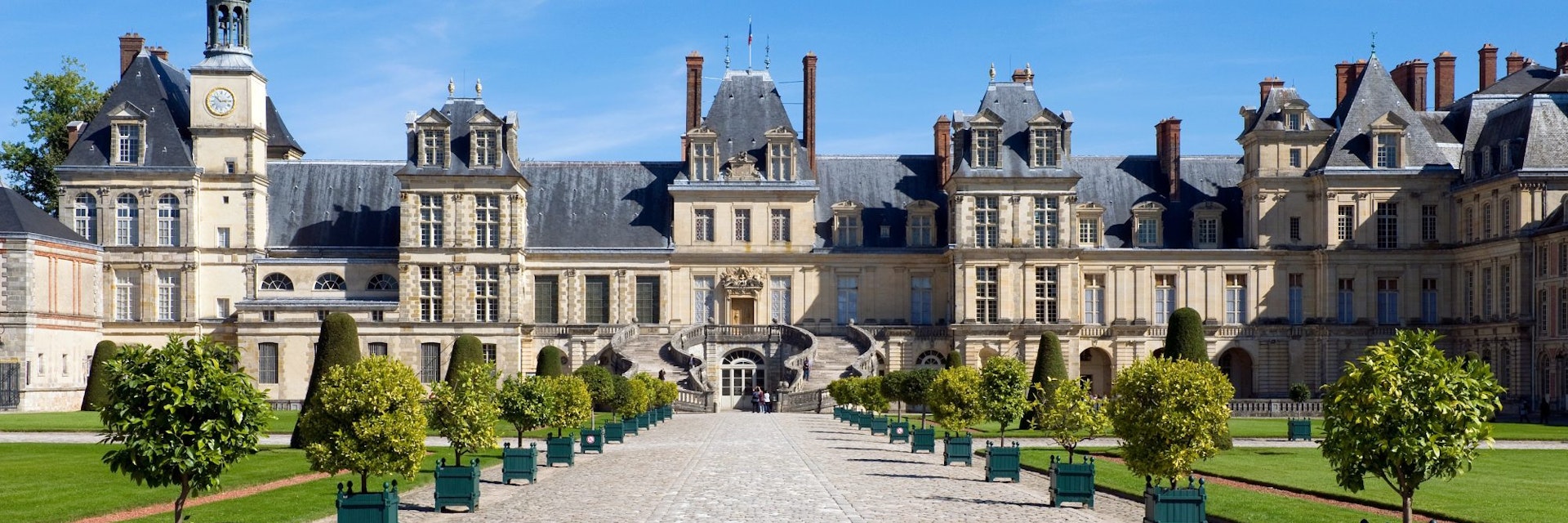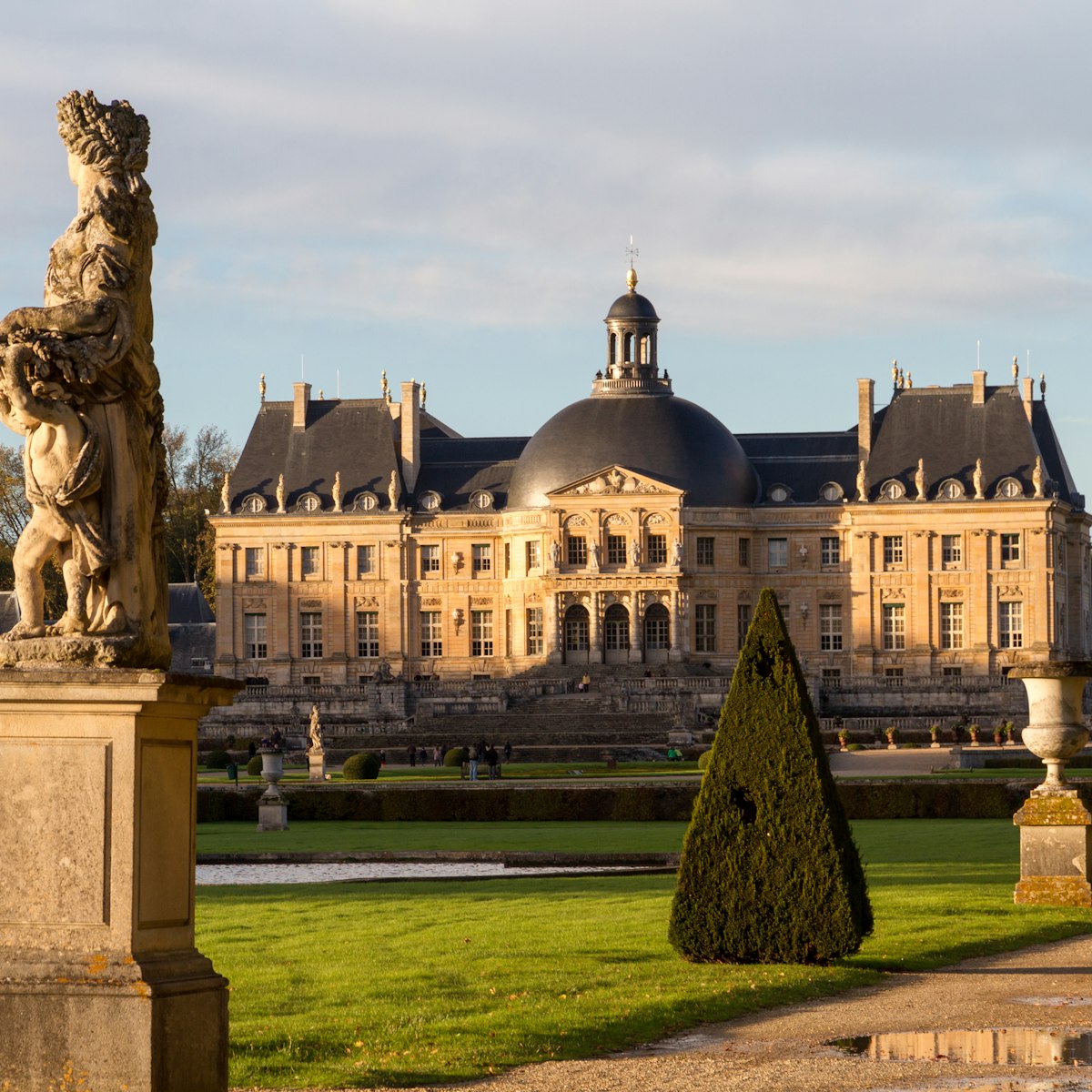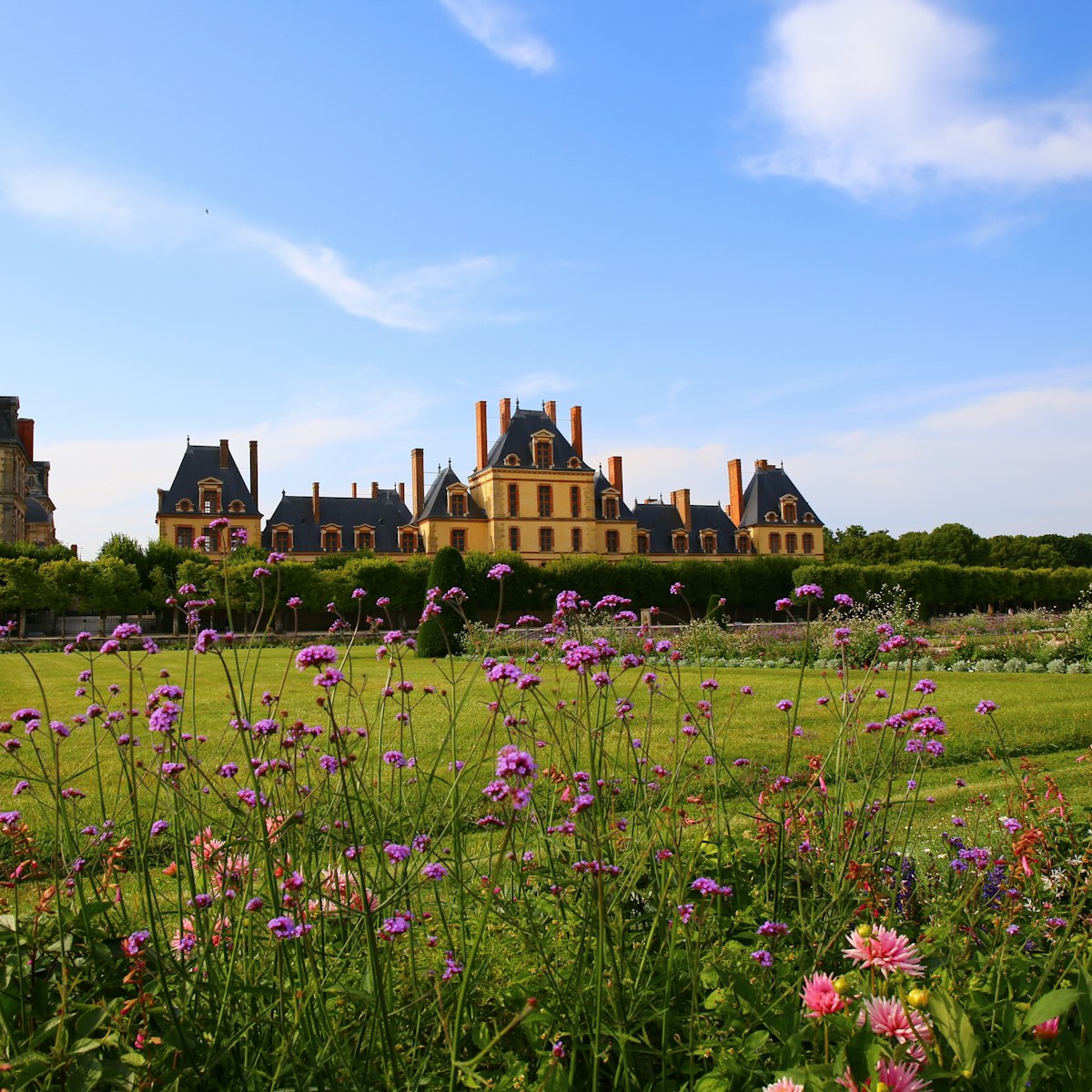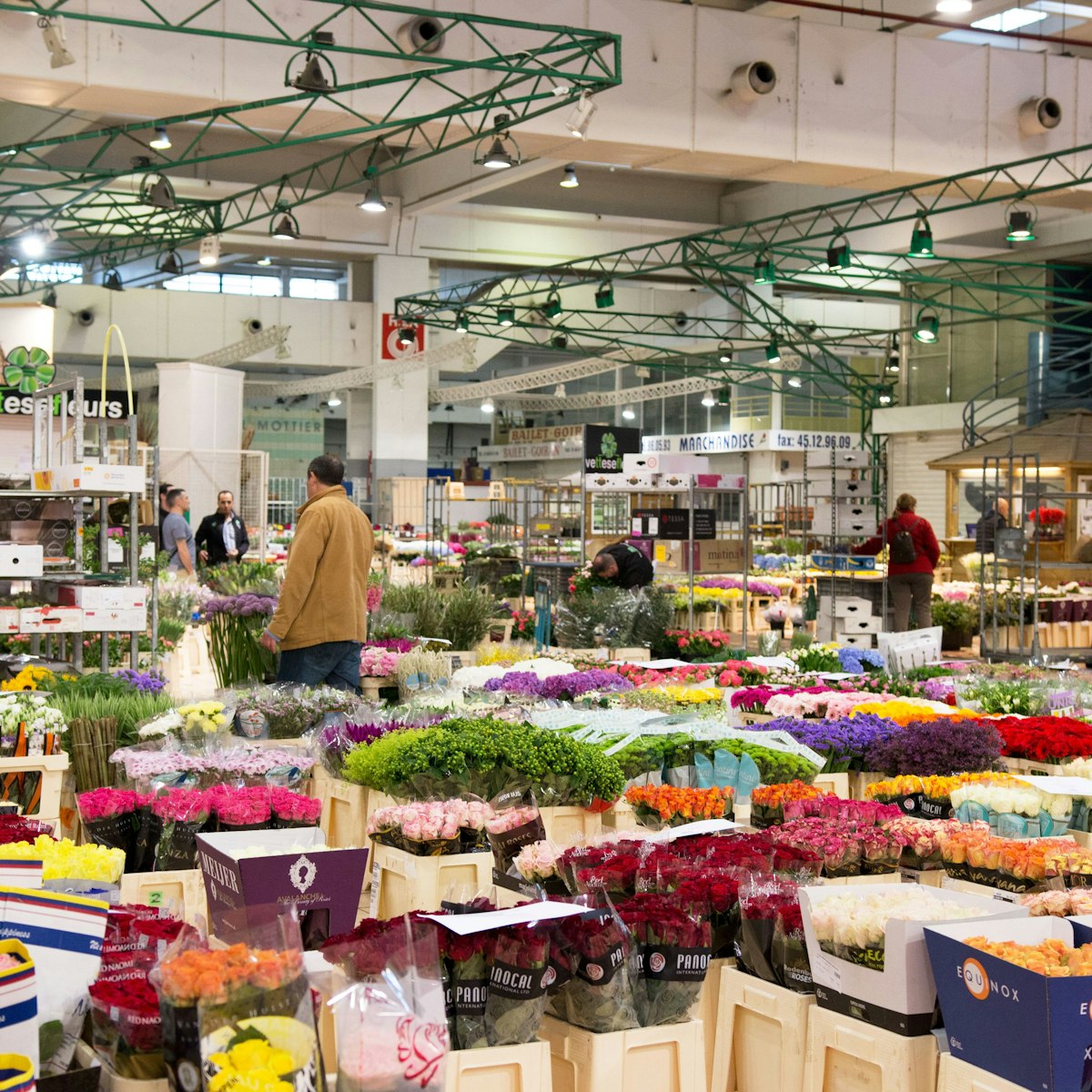The resplendent, 1900-room Château de Fontainebleau’s list of former tenants and guests reads like a who’s who of French royalty and aristocracy. Every square centimetre of wall and ceiling space is richly adorned with wood panelling, gilded carvings, frescoes, tapestries and paintings.
Visits take in the Grands Appartements (State Apartments), which contain several outstanding rooms. An informative 1½-hour multimedia guide (€4) leads you around the main areas.
The first château on this site was built in the early 12th century and enlarged by Louis IX a century later. Only a single medieval tower survived the energetic Renaissance-style reconstruction undertaken by François I (r 1515–47), whose superb artisans, many of them brought from Italy, blended Italian and French styles to create what is known as the First School of Fontainebleau. The Mona Lisa once hung here amid other fine works of art in the royal collection.
During the latter half of the 16th century, the château was further enlarged by Henri II (r 1547–59), Catherine de Médicis and Henri IV (r 1589–1610), whose Flemish and French artists created the Second School of Fontainebleau. Even Louis XIV got in on the act: it was he who hired landscape artist André Le Nôtre, celebrated for his work at Versailles, to redesign the gardens.
Fontainebleau was beloved by Napoléon Bonaparte, who had a fair bit of restoration work carried out. Napoléon III was another frequent visitor. During WWII the château was turned into a German headquarters. After it was liberated by Allied forces under US General George Patton in 1944, part of the complex served as the Allied and then NATO headquarters from 1945 to 1965.
The spectacular Chapelle de la Trinité (Trinity Chapel), the ornamentation of which dates from the first half of the 17th century, is where Louis XV married Marie Leszczyńska in 1725 and where the future Napoléon III was christened in 1810. Galerie François 1er, a jewel of Renaissance architecture, was decorated from 1533 to 1540 by Il Rosso, a Florentine follower of Michelangelo. In the wood panelling, François I’s monogram appears repeatedly along with his emblem, a dragon-like salamander. The Musée Chinois de l’Impératice Eugénie (Chinese Museum of Empress Eugénie) consists of four drawing rooms created in 1863 for the Asian art and curios collected by Napoléon III’s wife.
The Salle de Bal, a 30m-long ballroom dating from the mid-16th century that was also used for receptions and banquets, is renowned for its mythological frescoes, marquetry floor and Italian-inspired coffered ceiling. Its large windows afford views of the Cour Ovale (Oval Courtyard) and the gardens. The gilded bed in the 17th- and 18th-century Chambre de l’Impératrice (Empress’ Bedroom) was never used by Marie Antoinette, for whom it was built in 1787. The gilding in the Salle du Trône (Throne Room), which was the royal bedroom before the Napoléonic period, is decorated in golds, greens and yellows.
As successive monarchs added their own wings to the château, five irregularly shaped courtyards were created. The oldest and most interesting is the Cour Ovale (Oval Courtyard), no longer oval but U-shaped due to Henri IV’s construction work. It incorporates the keep, the sole remnant of the medieval château. The largest courtyard is the Cour du Cheval Blanc (Courtyard of the White Horse), from where you enter the château. Napoléon, about to be exiled to Elba in 1814, bade farewell to his guards from the magnificent 17th-century double-horseshoe staircase here. For that reason the courtyard is also called the Cour des Adieux (Farewell Courtyard).




